The Department of Forestry (Ministry of Agriculture and Rural Development) informed that the current forest area of the whole country is 14.79 million hectares, the current forest cover rate is 42.02%.
According to the report of the Food and Agriculture Organization of the United Nations (FAO) on the assessment of global forest resources, while the world's forest area is decreasing sharply and the planted forest area is low, Vietnam is one of the 10 countries in the world with the highest increase in forest area and the largest planted forest area in the world.
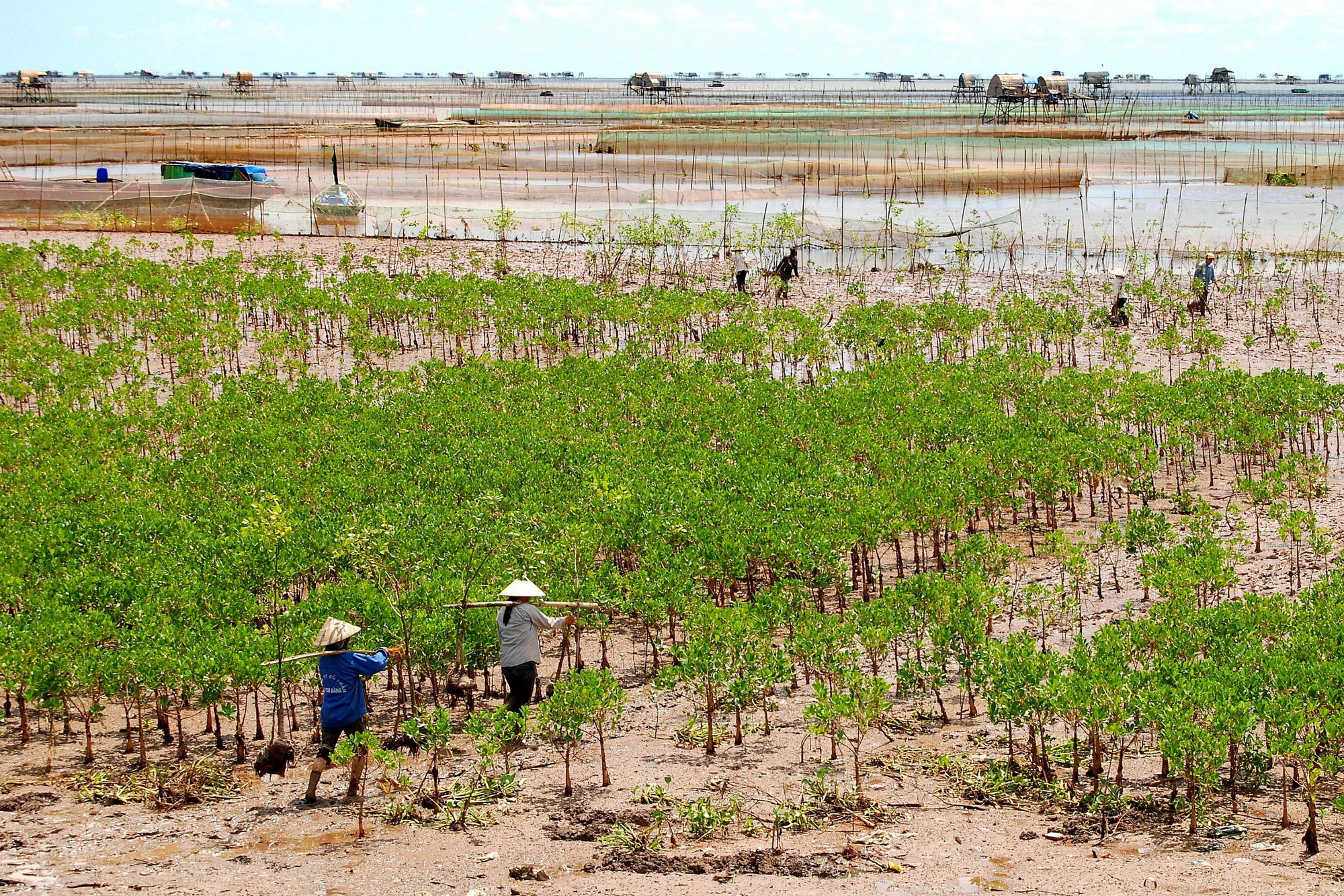
The forestry sector is implementing a number of programs and projects with the common goal of promoting the protective function of forests, responding to climate change, and mitigating natural disasters...
Mr. Nguyen Quoc Tri, Deputy Minister of Agriculture and Rural Development, said that the forestry sector is implementing a number of programs and projects with the common goal of promoting the protective function of forests; responding to climate change, mitigating natural disasters; conserving biodiversity, contributing to socio -economic development and strengthening national defense and security...
According to Mr. Tri, forest environmental services are a very important resource contributing to the economic development of the country in general and the development of the forestry economy in particular. In 2022, the whole country collected over 3,700 billion VND; in the first 11 months of this year, nearly 3,100 billion VND was collected from forest environmental services.
In addition, the leader of the Ministry of Agriculture and Rural Development informed that the North Central Region Emission Reduction Payment Agreement (ERPA) was signed between Vietnam (Ministry of Agriculture and Rural Development) and the World Bank for 6 North Central provinces for the period 2018 - 2024.
According to ERPA, Vietnam transferred 10.3 million tons of CO2 to the World Bank with a total value of 51.5 million USD, equivalent to 1,200 billion VND.
In addition, a Letter of Intent on emission reduction trading has been signed between Vietnam (Ministry of Agriculture and Rural Development) and the Forest Finance Enhancement Organization (Emergent) for 11 provinces in the Central Highlands and South Central regions.
Accordingly, Vietnam will transfer to Emergent - the administrative agency of the Alliance for Reducing Emissions through Enhanced Forest Finance (LEAF) 5.15 million tons of CO2 at a minimum price of 10 USD/ton (equivalent to 51.5 million USD) for the period 2022 - 2026.
"The transfer and trade of forest carbon credits will mobilize additional financial resources to reinvest in forests; create jobs, increase income, improve livelihoods for forest owners and rural people; protect biodiversity and the environment," Mr. Tri assessed.
To date, it is estimated that there are about 25 million people, including over 12 million ethnic minorities living near forests, who benefit directly or indirectly from forests every day. In addition, forestry activities are also carried out in forest product processing industrial zones and craft villages that use raw materials from forests to process forest products.
"These results show that the forestry sector not only contributes to GDP or total added value but also plays an important role in providing inputs for the development of other economic sectors," said the leader of the Ministry of Agriculture and Rural Development.
According to the Forestry Law 2017, there are 5 types of forest environmental services. First, protecting land, limiting erosion and sedimentation of lakes, rivers, and streams. Second, regulating and maintaining water resources for production and social life. Third, absorbing and storing carbon from forests; reducing greenhouse gas emissions from limiting deforestation and forest degradation, sustainable forest management, green growth. Fourth, protecting and maintaining the beauty of natural landscapes, conserving biodiversity of forest ecosystems for tourism business. Fifth, providing spawning grounds, food sources, natural breeds, water sources from forests and environmental factors, forest ecosystems for aquaculture.
Principles of payment for forest environmental services: the party using forest environmental services must pay for forest environmental services to the party providing forest environmental services; make payment for forest environmental services in cash through direct or indirect payment; ensure publicity, democracy, objectivity, fairness...
Source link


![[Photo] National Assembly Chairman Tran Thanh Man received a delegation of the Social Democratic Party of Germany](https://vphoto.vietnam.vn/thumb/1200x675/vietnam/resource/IMAGE/2025/10/28/1761652150406_ndo_br_cover-3345-jpg.webp)



![[Photo] Flooding on the right side of the gate, entrance to Hue Citadel](https://vphoto.vietnam.vn/thumb/1200x675/vietnam/resource/IMAGE/2025/10/28/1761660788143_ndo_br_gen-h-z7165069467254-74c71c36d0cb396744b678cec80552f0-2-jpg.webp)
![[Photo] Draft documents of the 14th Party Congress reach people at the Commune Cultural Post Offices](https://vphoto.vietnam.vn/thumb/1200x675/vietnam/resource/IMAGE/2025/10/28/1761642182616_du-thao-tai-tinh-hung-yen-4070-5235-jpg.webp)
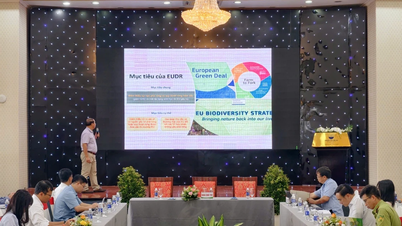

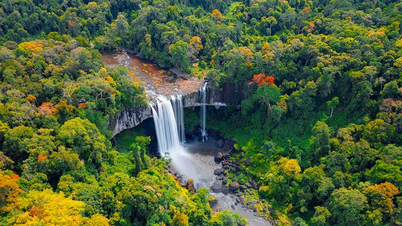
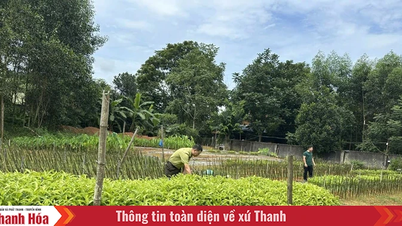



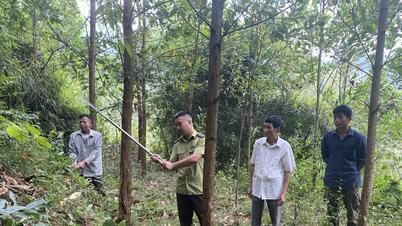
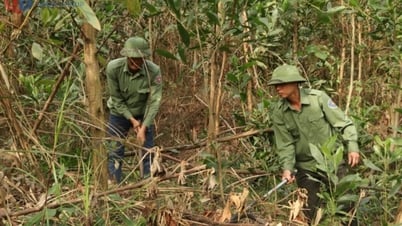



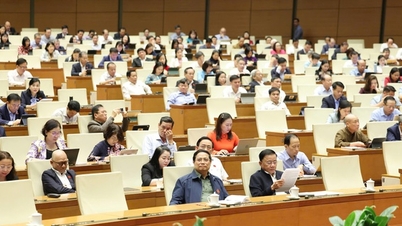











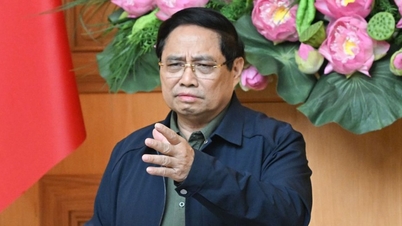


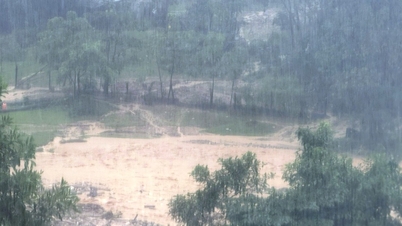


![[Photo] President Luong Cuong attends the 80th Anniversary of the Traditional Day of the Armed Forces of Military Region 3](https://vphoto.vietnam.vn/thumb/1200x675/vietnam/resource/IMAGE/2025/10/28/1761635584312_ndo_br_1-jpg.webp)





















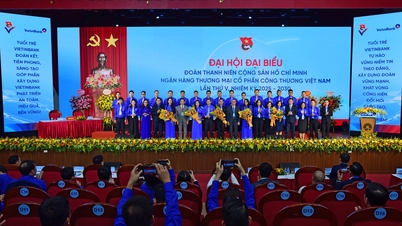
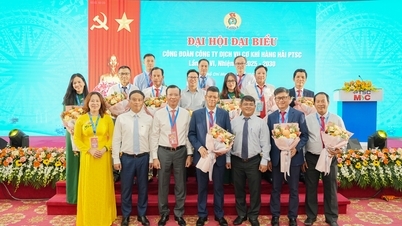


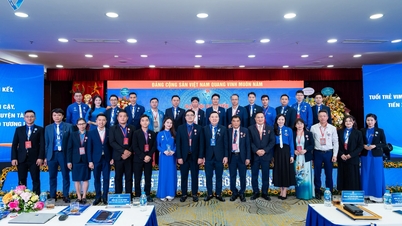






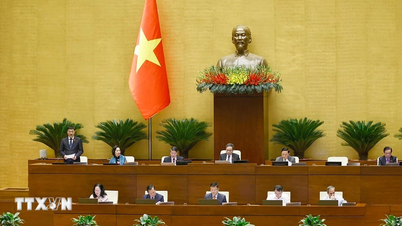

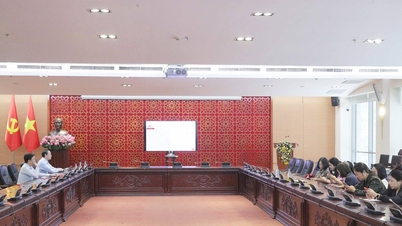



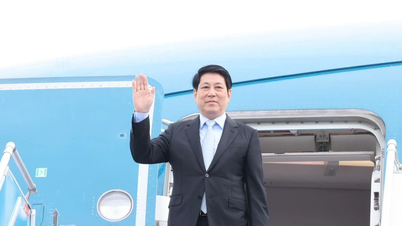






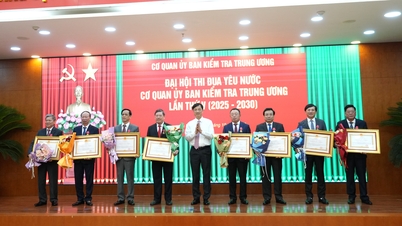


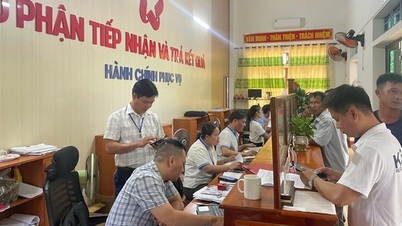

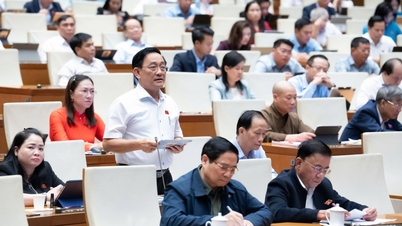





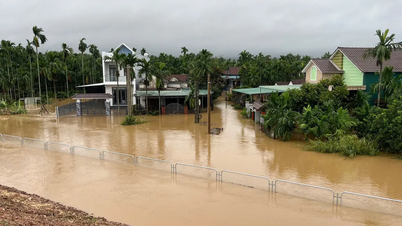
















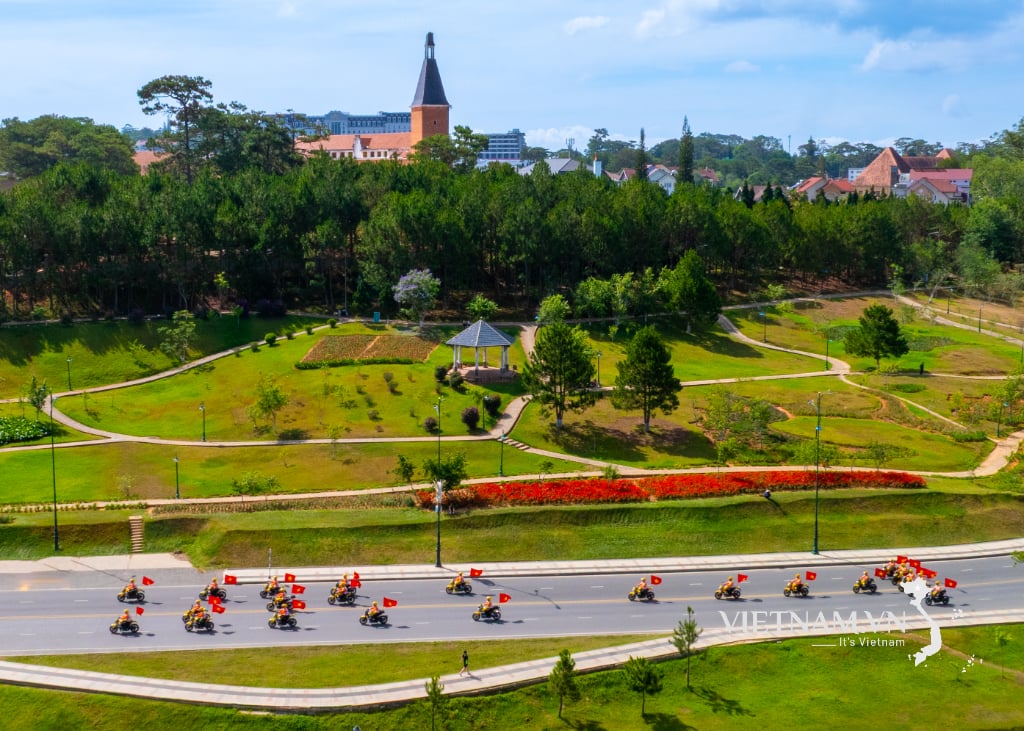
Comment (0)